
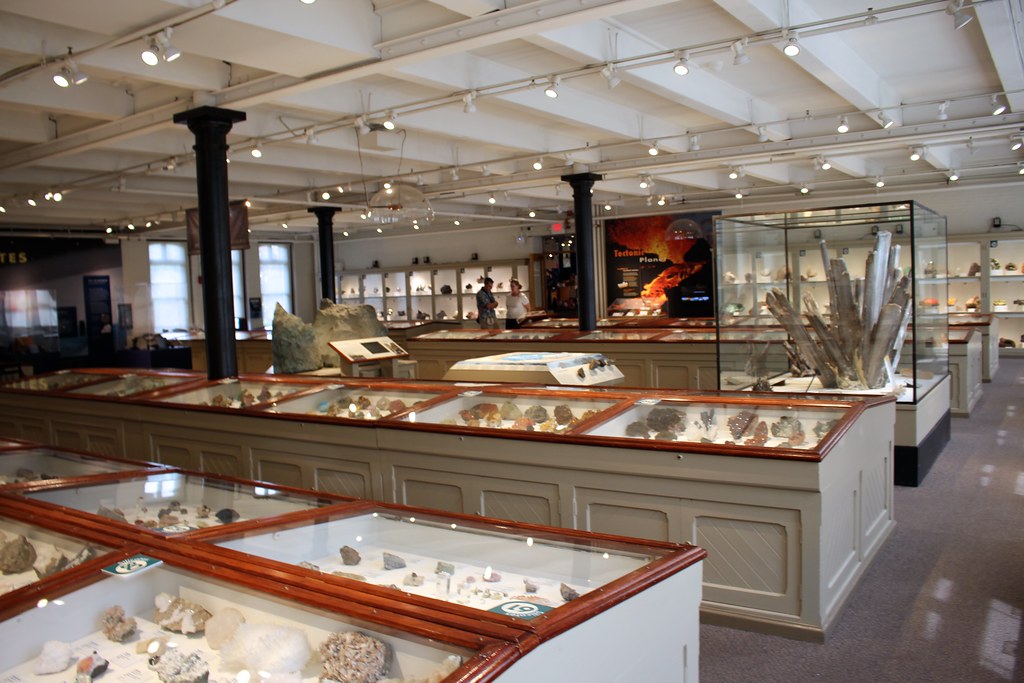
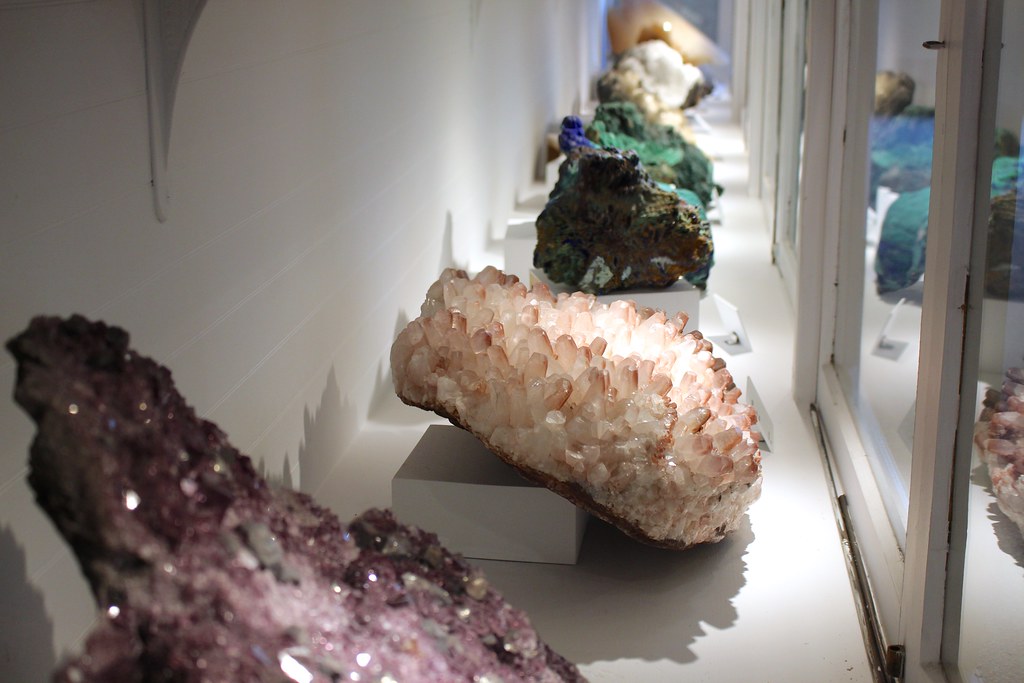
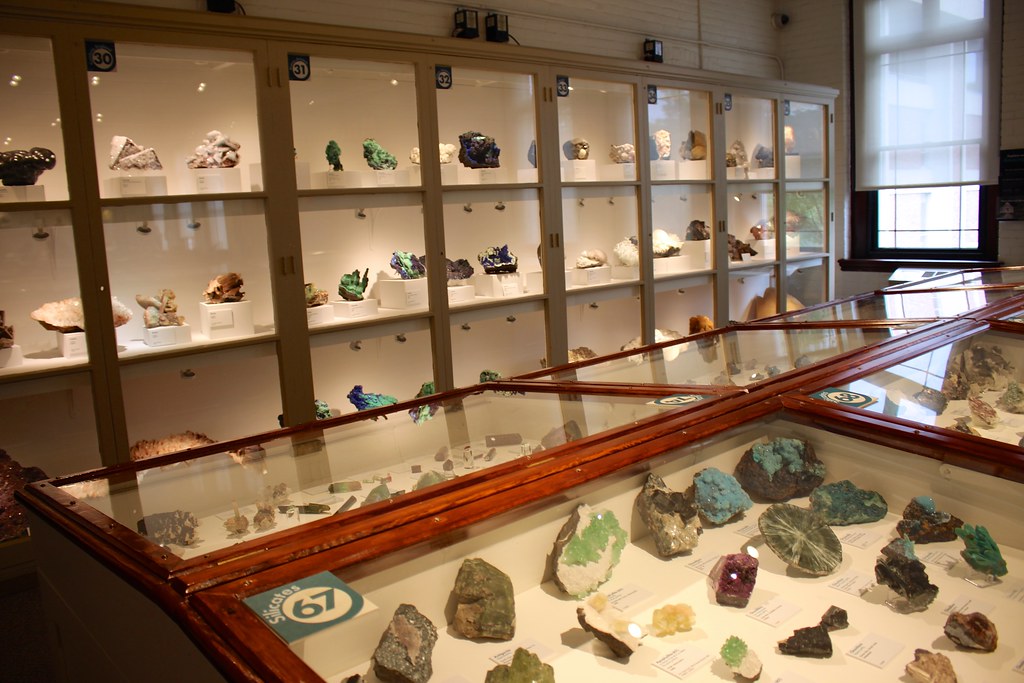

My very last stop while in Boston, hours before my flight took off, I had planned the best parting gift–a visit to Harvard University’s Museum of Natural History! Sounds dreamy, right?! Well it is and then some. An entire room filled with thousands of minerals and gems is open to the public on Harvard’s campus, and Raquel Alonso Perez was there to give me a full tour, including some majorly fun behind-the-scenes stuff. I honestly think my one-on-one time with Raquel had taught me more in one hour than my entire Freshman year at college! I didn’t want to leave! I got to hold pieces of gold that came out of the ground looking like sculptures, play with rough diamonds, see some incredible gemstones, and the highlight of my day was getting to spend some time with the Hamlin Necklace–rare and notable because of its gigantic tourmalines it showcases, which are all from the same mine in Maine!
Raquel’s hospitality, warmth and passion to share with me what she does at the Mineralogical & Geological Museum was accepted with much gratitude and I had so much fun! Here’s some insight into what Raquel does, illustrated with photos from my visit! Enjoy!

I serve as the Curator of the Mineralogical and Geological Museum (MGMH). Our collections date back to 1798! After 230 years of collecting, the MGMH is one of the oldest, largest and continuously operated mineralogical and geological museum, built for the nation and world-renowned for its fine quality collections, broad representation of species, unique occurrences and large number of type, described, and illustrated specimens. Our repository has become a true library of the earth with over 400,000 objects divided in 4 main collections: minerals, gems, meteorites and rocks. My role as Curator is to provide access to the world-class Earth Science collections at Harvard University, encouraging its use for teaching, research and public education. The favorite part of my job is research and all teaching and academic related activities, in addition to working with the dedicated team of people at the MGMH, the Earth and Planetary Science Department and the Harvard Museums of Science and Culture, HSMC, where our public gallery is located.

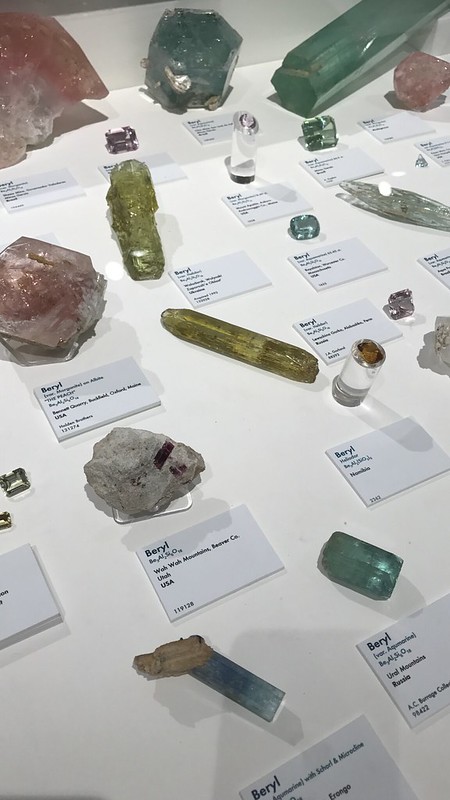

In total, the museum has around 400,000 objects divided in 4 main collections: minerals, gems, meteorites and rocks and ore deposits. Only 3550 individual mineral specimens are on display at the Museum, 145 of these include a gemstone of the same variety. My favorite examples are in the wider variety of crystals and gemstones. For example, the beryls, we have a whole case of them displaying 40 specimens full of light and color. I also love the tourmalines, with all of the different kinds displayed with bi-color and watermelon elbaites from Maine, USA. As you can imagine, we have a strong collection of New England minerals, gems, and rare species. We receive a lot of donations, but we couldn’t display our entire collection, even if we wanted! Space is a major constraint, but not the only one. We also have to make hard choices about what to share in order to fulfill the Museum’s mission. Our museum is not only about highlighting aesthetics. We also need to prioritize the display of specimens that will also serve reference and research purposes.
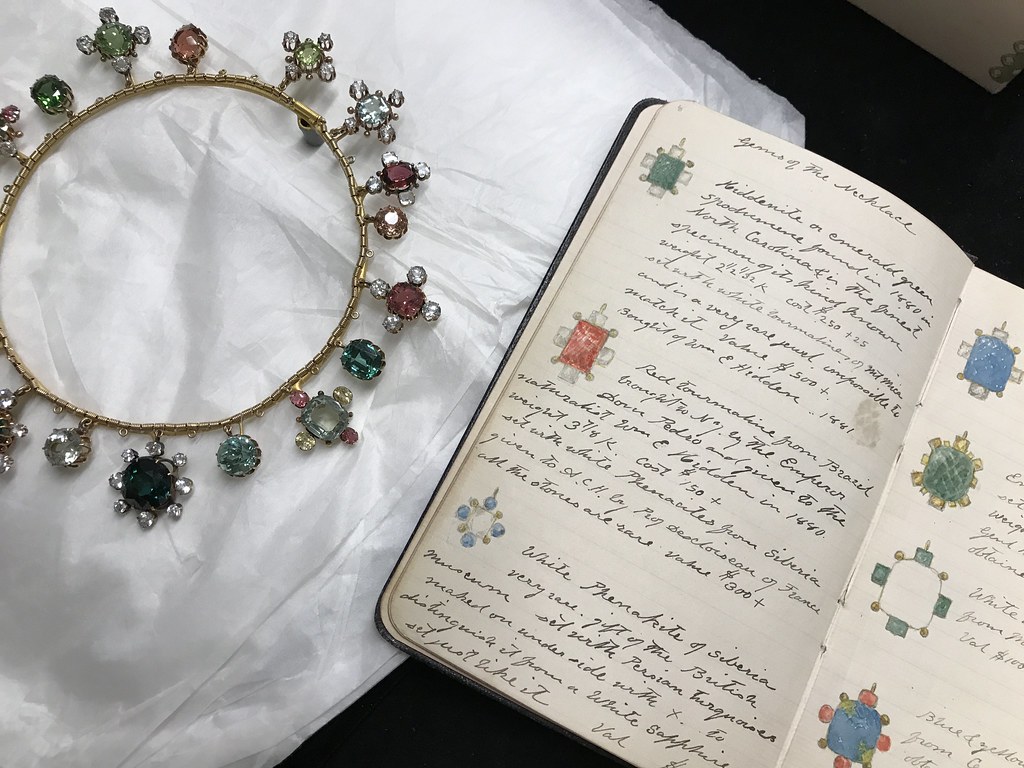
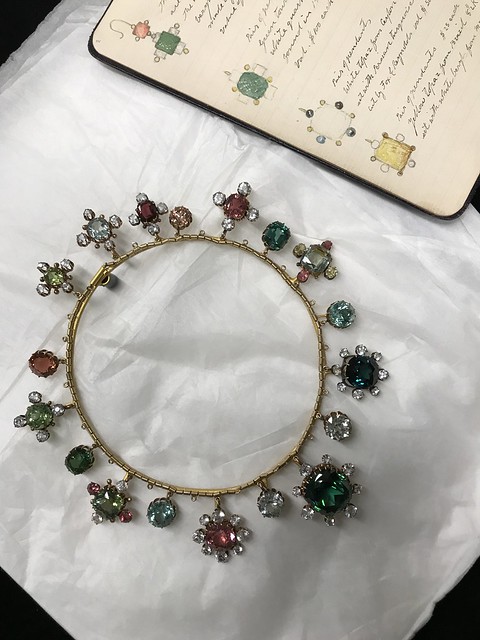
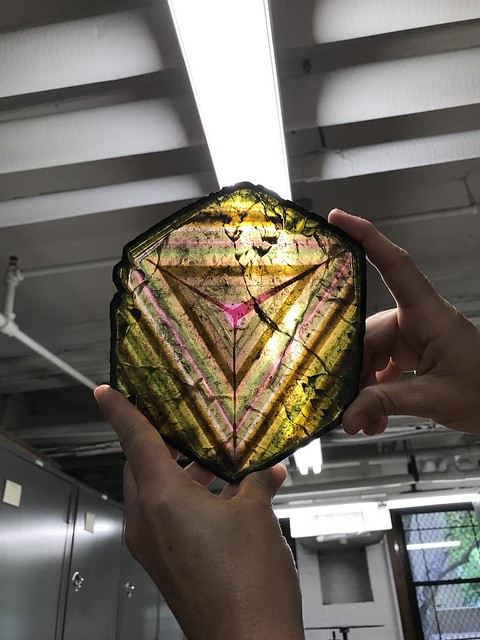

I am a geologist by training specialized in mineralogy, gemology, geochemistry and petrology. There are too many “logy’s” in there! These branches of Earth Sciences come together in a fascinating way, giving color and texture to the world we inhabit. In 2006 I completed my PhD at the ETH in Zurich, Switzerland, where I studied how the earth crust is formed, by comparing it with artificial rocks produced in the lab. After graduation, I took a short break to have my two children, Marco and Amaya, and returned in 2009 to professional life to work as a research assistant at the Earth and Planetary Science Department, Harvard University. A year later I was hired as Assistant Curator to take care of the rock collection at the MGMH and got appointed head Curator of the entire MGMH collections in 2011.

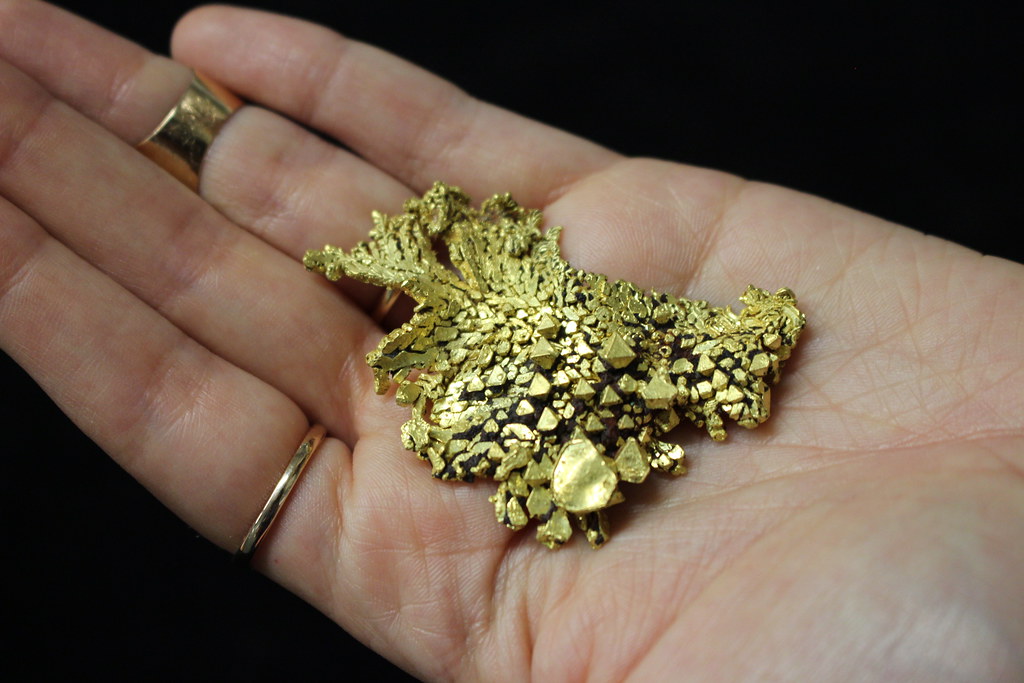

I’ve always wondered why minerals acquire a color and not other colors. We know so little about the chemistry and the physics involved! My passion, stimulated by my daily encounter with Harvard’s amazing collections, is to uncover the story behind nature’s color choices! My work in the past 2 years has been focused in tourmalines and beryls. The most common color of elbaites from Main, USA is green but they also come in blue, yellow, pink, colorless and with many different hues and tones. With the use of non-destructive analytical techniques, I was able to determine the chemical distribution, trace element patterns and color correlation in a suite of elbaites from Maine, Hamlin Collection. In addition, this non-destructive dual-technique used in this study (Confocal Micro Raman Spectroscopy and LA- ICPMS, laser ablation-induced coupled plasma-mass spectrometry) has great potential to be applied to other gemmological materials to also distinguish provenance, natural versus synthetic materials and treatments. My current project aims to better understand the formation of emeralds, and is focused on the geology of the emerald deposit of Irondro, Madagascar. In fact, I mostly focus on rocks from Madagascar, which is a blessing, since the MGMH is quickly becoming the main repository of minerals, rocks and gemstones from this part of the world. I also benefit from the museum’s vast network. I sometimes end up requesting research material from friends, donors and supporters of the Museum from faraway lands! However, my main priority and where most of my work goes is into ensuring that the MGMH’s collections are curated according to the highest standards of museum best practices for their preservation in perpetuity and use by future generations. Digitization plays an important role to achieve these goals and our ambition to open them up to a wider audience, especially those concerning research, education and public outreach, which will result in an online database of our collections sometime in the fall of 2017.
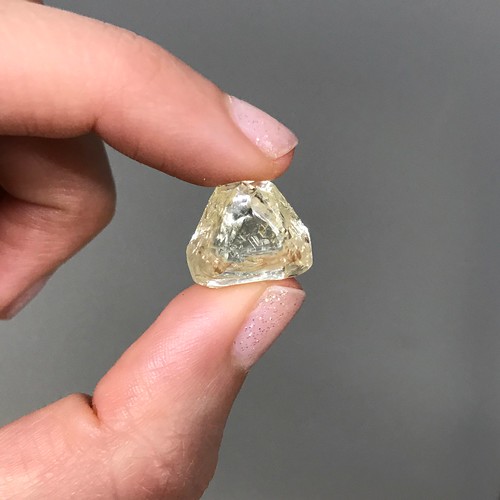
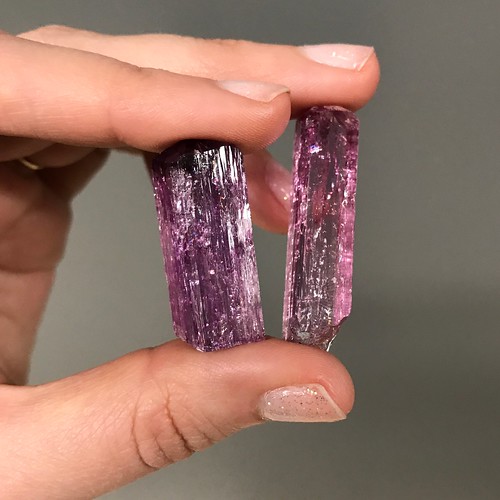

Every day, in the environment I am, could end up being a highlight and making you proud of the work you do, especially when it can impact other people life’s. I would like to share with you a portion of an e-mail I received from one of the female students attending my class at the Harvard Summer school as a beautiful example. “..Here again I want to say thank you for bringing me my best summer ever. I really enjoyed the lecture. Every time when listening to the lecture, I really feel I’m being educated and have more knowledge on mineralogy and gemology. The happiness of gaining knowledge is hard to express; it’s like seeing the moon coming out of the clouds and lighting up a street in the dark midnight. Also, I love the labs. I feel so good identifying minerals by myself, putting everything I learnt into use. I’m also fascinated by the gemstone experiments. I can’t wait to get a full set of tools and practice in the gem markets back in China. What I really want to appreciate is that for all your support for me to do more microscope experiments. I know that doing the experiment before class means you have to skip lunch, I’m really sorry. The experiment is so incredible, I never see those features before, and I couldn’t fully understand everything without doing the actual experiment. The image is fantastic. I gasp that people ever create those ways for examine stones. What I like most is the field trip. The behind the scene of the museum is awesome. I never thought that museum work would be so interesting. There are so many stories behind every collection! I also really really like the field trip to mine. You became my idol when you drove the van packed with all of us and fed us snacks. Working in the field is so different and I think I need more field work to really become a geology people. I sometimes feel so shame that I learned so much knowledge but still like a baby when put in the field. However, going to the field makes a lot of knowledge easier to understand. In the mine, when I saw you standing on the shiny mica mountain, I feel like you are one of the best women in the world—- a woman who could stand in the field with knowledge, and explore the earth, go right after the unknown, a kind of woman I really want to be. It is this summer that I, for the first time in forever, really willing to go to university; not because it is what everybody do, but because all the knowledge and skills I could get, all the resource I could access, and all the fantastic professors in the future I will meet to motivate my life..”
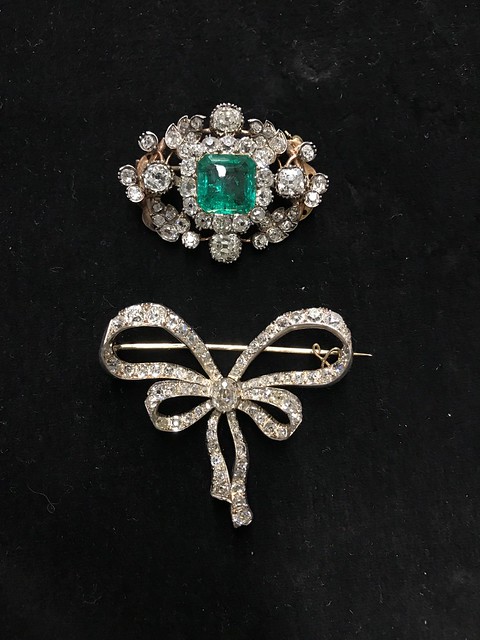


My best piece of advice for anyone in general is to follow their passion, work hard, overcome challenges, focus and don’t give up! The combination of passion and perseverance will bring you where you want to be.
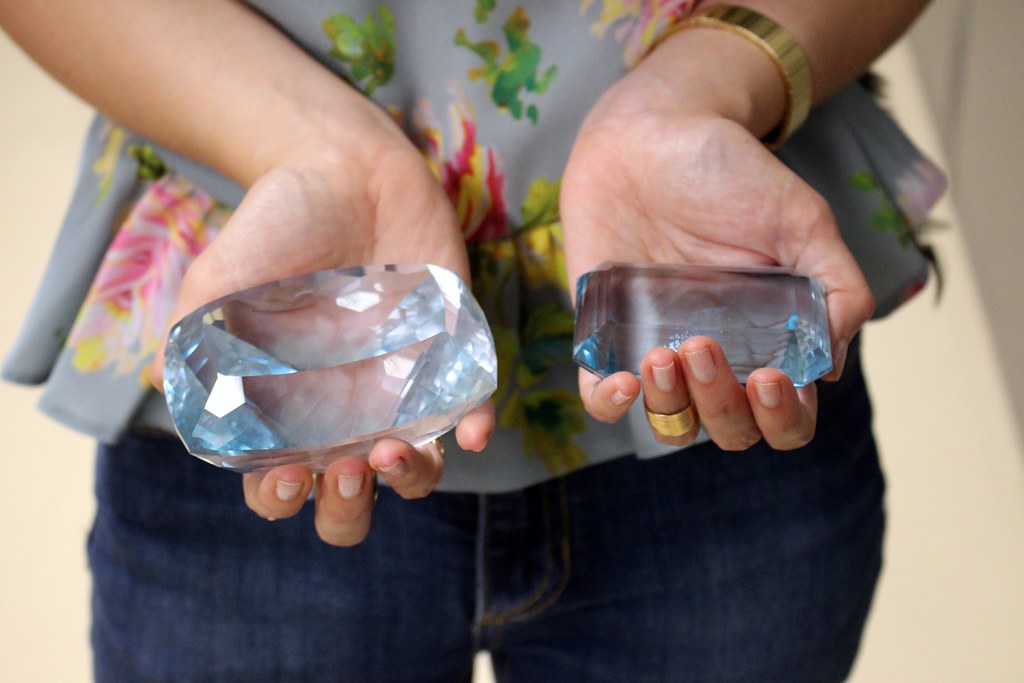
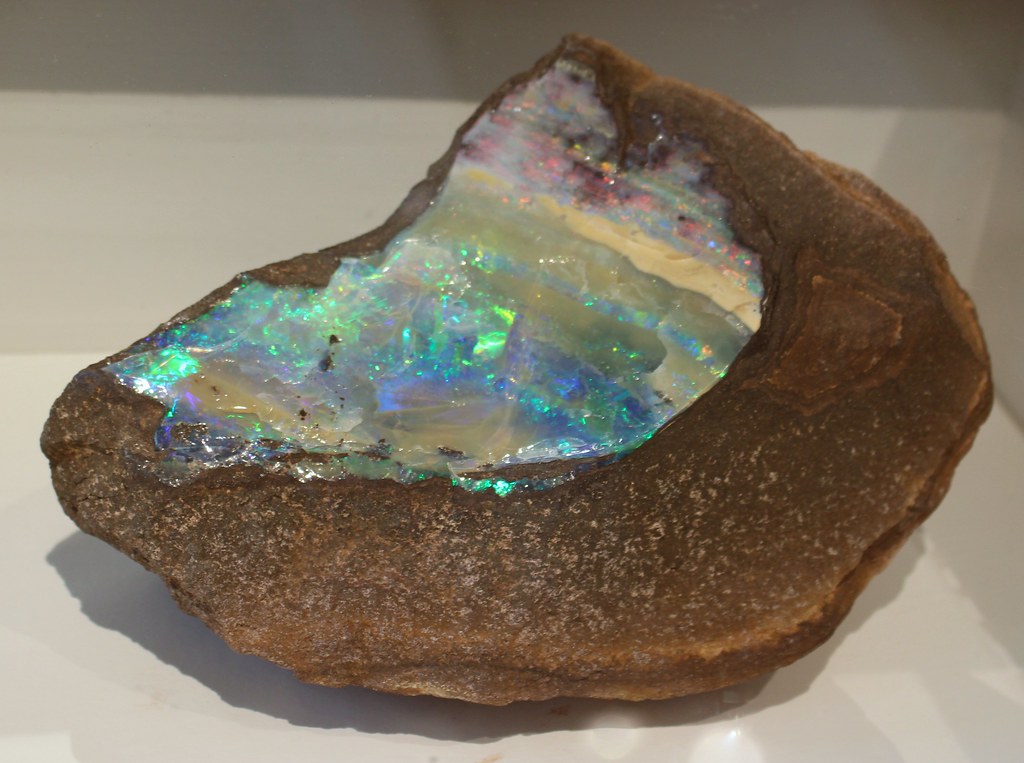

WANT MORE? You can follow Raquel on Instagram —> @raquelalonsoperez

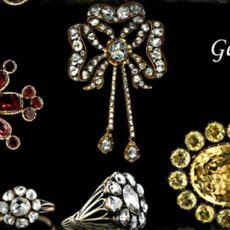
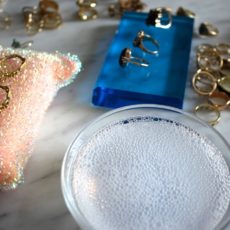
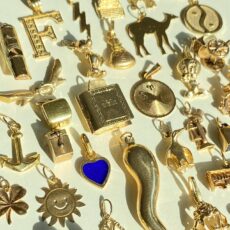
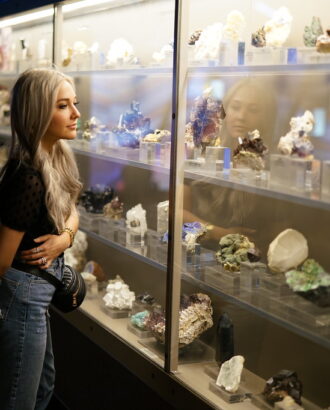
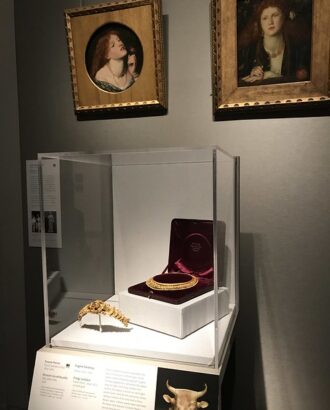
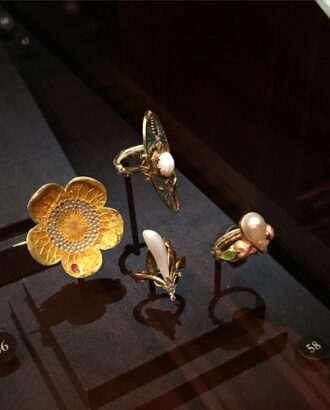
SusanG August 8, 2017 at 3:58 pm:
This is one of the most beautiful blogs I've seen! It's visually stunning, the photography is clear and beautifully done, and the information is always interesting. Thank you, Danielle!
Pravin August 9, 2017 at 6:19 am:
Wow, Amazing writing. The images you use is too much beautiful.
Colleen August 17, 2017 at 1:01 am:
This museum is one of the best kept secrets and well worth a visit if in The Boston area, thanks for sharing,